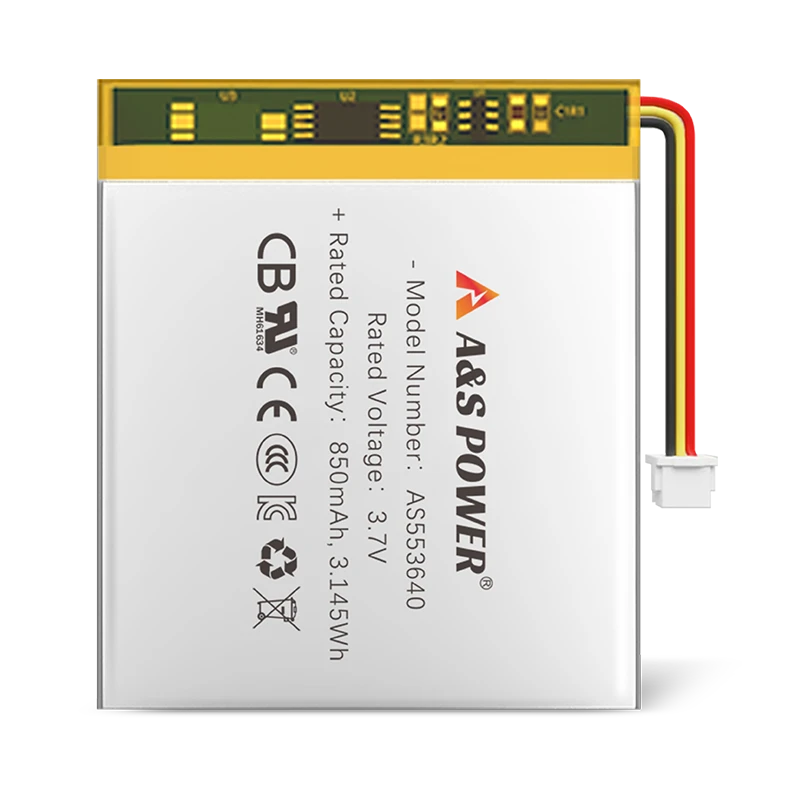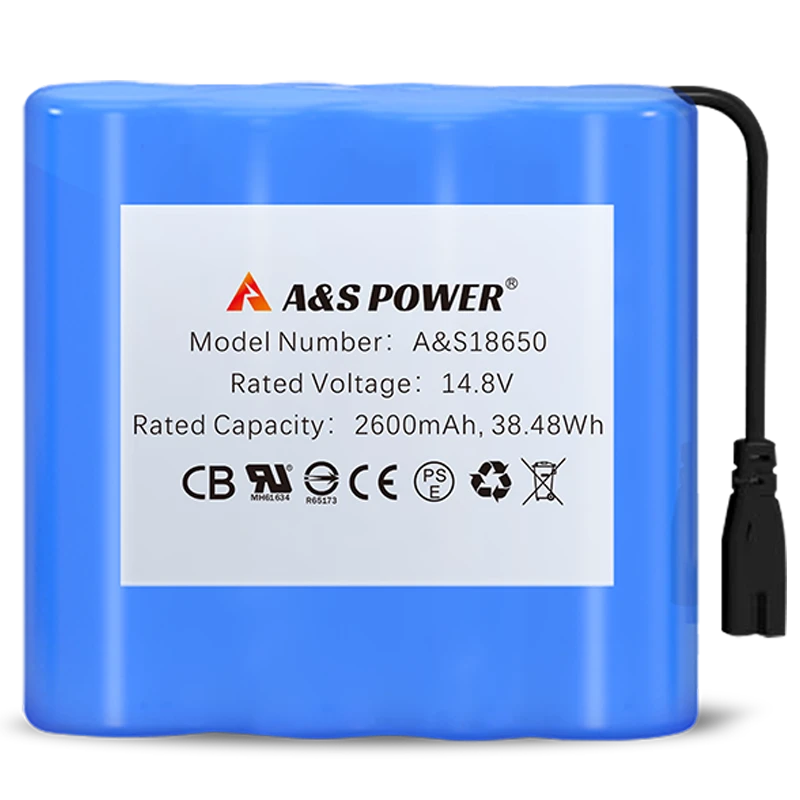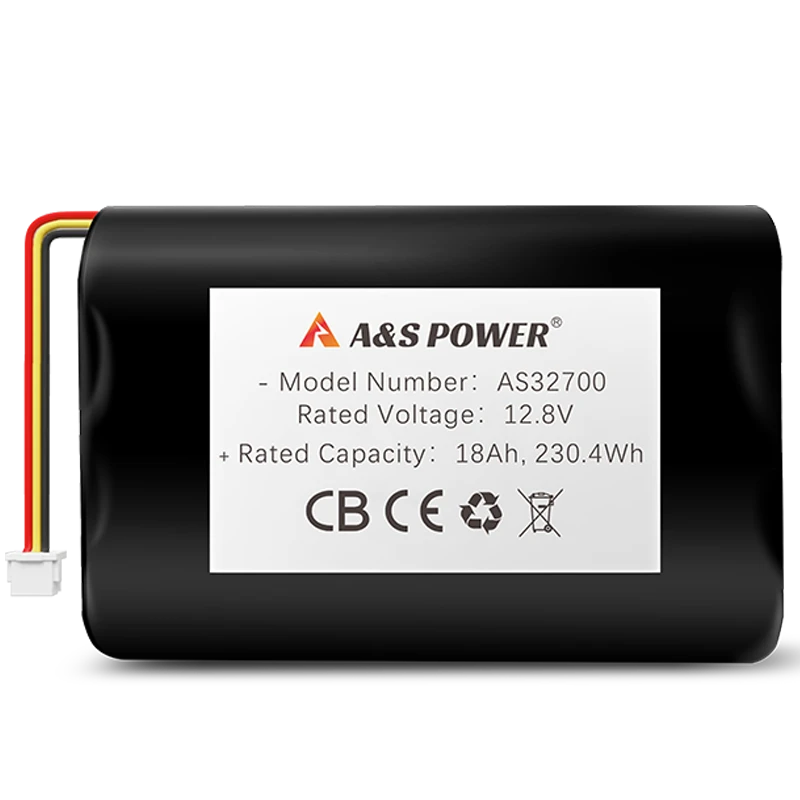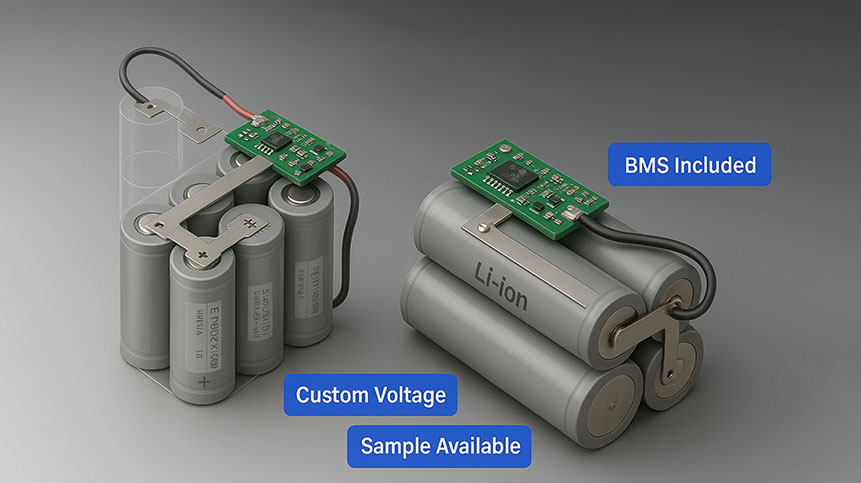Analysis of Lithium-Ion Battery Electrolyte Materials and Their Functions
Lithium-ion batteries have become the cornerstone of modern portable electronics and electric vehicles thanks to their high energy density and long cycle life. At the heart of these batteries lies the electrolyte, a critical component that enables lithium-ion transport between the cathode and anode during charging and discharging.
This article explores the electrolyte materials used in lithium-ion batteries and explains their key functions in ensuring performance, stability, and safety.
Key Components of Lithium-Ion Battery Electrolytes
1. Solvents — The Medium for Lithium-Ion Transport
The electrolyte typically contains organic carbonate solvents such as:
-
Ethylene carbonate (EC): High dielectric constant, excellent salt-dissolving ability.
-
Dimethyl carbonate (DMC) & Diethyl carbonate (DEC): Low viscosity, high ionic conductivity.
-
Propylene carbonate (PC): Good solubility but limited use due to graphite anode co-intercalation.
These solvents are combined to balance viscosity, conductivity, and electrode compatibility.
2. Lithium Salts — The Source of Lithium Ions
-
Lithium hexafluorophosphate (LiPF6): Most widely used; good solubility and balanced performance, but highly moisture-sensitive, decomposing into hydrogen fluoride (HF) which can corrode electrodes.
-
Lithium bis(trifluoromethanesulfonyl)imide (LiTFSI): Better thermal stability and moisture resistance, but high Lewis acidity risks aluminum current collector corrosion.
3. Additives — The Performance Enhancers
Though used in small amounts, additives can dramatically improve battery stability:
-
SEI-forming additives (e.g., Fluoroethylene carbonate, FEC): Form a stable protective film on the anode, reducing electrolyte decomposition and extending cycle life.
-
Redox shuttle additives: Protect against overcharging by enabling reversible redox reactions at the cathode, preventing oxygen release and thermal runaway.
Why Electrolyte Composition Matters
The electrolyte is more than a passive medium—it directly impacts battery lifespan, efficiency, and safety:
-
Solvents regulate ion mobility and salt dissolution.
-
Lithium salts supply charge carriers and influence conductivity.
-
Additives protect against degradation and improve operational safety.
Conclusion
As demand grows for high-performance lithium-ion batteries, ongoing research into electrolyte materials will be key to improving efficiency, durability, and safety. This will support the global shift toward cleaner energy technologies in both portable electronics and electric vehicles.
-

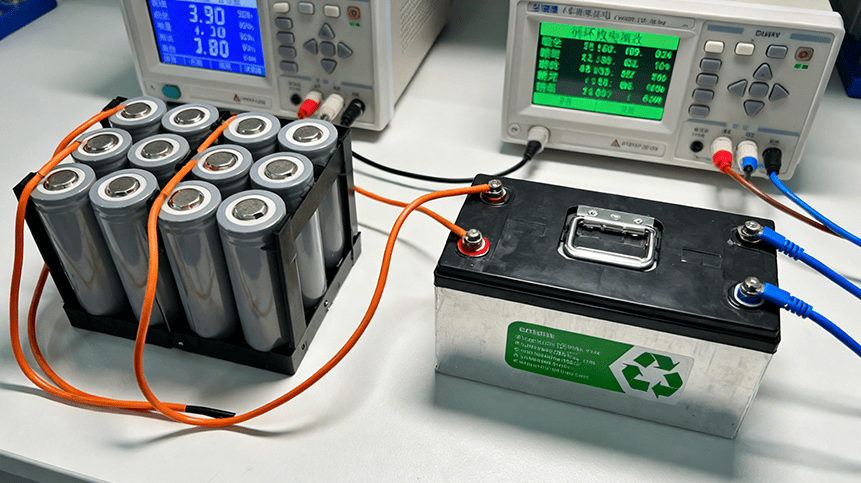 May.2025.11.24Ternary Lithium Battery vs Lithium-ion: Complete Comparison Guide (2025 Edition)Learn More
May.2025.11.24Ternary Lithium Battery vs Lithium-ion: Complete Comparison Guide (2025 Edition)Learn More -

 May.2025.11.214S2P 18650 14.8V Battery: Complete Technical Guide, Specs, Applications & SafetyLearn More
May.2025.11.214S2P 18650 14.8V Battery: Complete Technical Guide, Specs, Applications & SafetyLearn More -

 May.2025.11.18PCM vs BMS in Lithium Batteries: What’s the Difference and Which One Do You Need?Learn More
May.2025.11.18PCM vs BMS in Lithium Batteries: What’s the Difference and Which One Do You Need?Learn More -

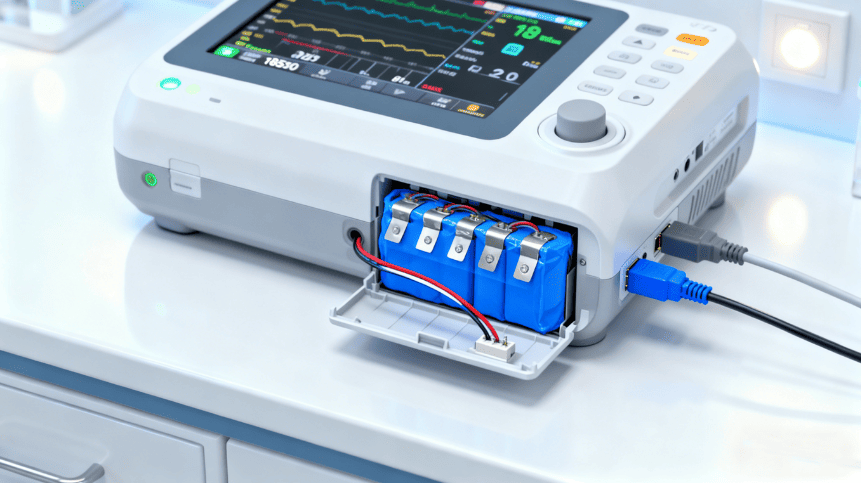 May.2025.11.17Custom Li-ion Battery Design for Medical Devices (2025 Comprehensive Guide)Learn More
May.2025.11.17Custom Li-ion Battery Design for Medical Devices (2025 Comprehensive Guide)Learn More -

 May.2025.11.17The Future of Lithium-Ion Batteries: Innovation, Sustainability, and Global Market TrendsLearn More
May.2025.11.17The Future of Lithium-Ion Batteries: Innovation, Sustainability, and Global Market TrendsLearn More




